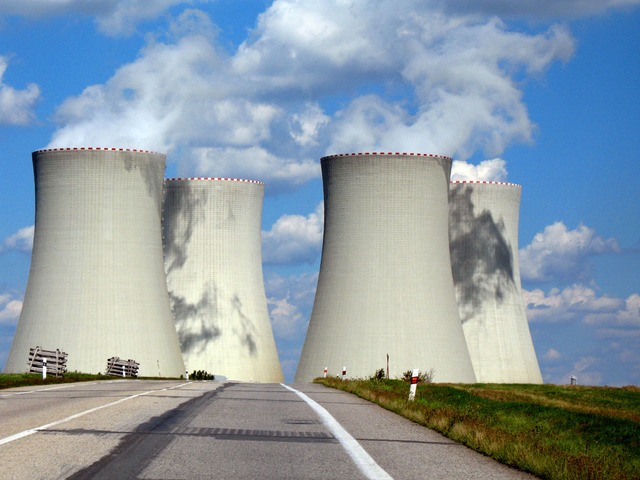Gregory E. Wannier
Deputy Director
CCCL recently released a report detailing options for implementing potential cap and trade regimes through federal-state partnerships under Section 111 of the Clean Air Act (§111). This report, written jointly with the World Resources Institute, asserts that cap and trade regulations are legally defensible under certain circumstances, and that they represent a potential opportunity for states who wish to implement carbon reductions in a more efficient manner than standard-based EPA regulation otherwise would allow.
§111 of the Act was designed by Congress to grant EPA the authority to regulate new and modified emissions sources of certain pollutants, and to require that the states regulate existing such sources. In its application it focuses on source categories rather than air quality regions. Subsection b) requires that EPA establish categories of stationary sources endangering public welfare, and issue emission standards for all new and modified sources. States may petition to implement alternative regulations under subsection c).
However, the real power of this section comes from subsection d), which applies to pollutants that have been determined to endanger public health and welfare, but for whom no National Ambient Air Quality Standard (NAAQS) has been issued; a situation that describes greenhouse gases exactly. The section functions much like State Implementation Plan (SIP) calls in CAA §110: states are empowered to propose standards of performance for certain pollutants that would be applied to existing sources of such pollutants, subject to a federal backstop, or “floor”. States would have considerable flexibility in promulgating these plans, as “standards of performance” under §111(d) may take the form of traditional emissions rate limitations or any number of other more flexible mechanisms.
The challenge for cap-and-trade, and a large focus of the paper, is how proposed and existing state and regional cap-and-trade programs can be tailored to qualify them as defensible state standards of performance under §111(d). Traditional regulations have historically focused on emissions limitations on individual sources, which is what any federal “floor” proposal would probably look like. But given that several states, particularly California and much of the Northeast, have chosen to reduce emissions from power plants and industry using flexible, market-based approaches, it is useful to explore how different approaches would survive in a federal regulatory structure.
Such questions include: how categories are defined and whether emissions could be netted across multiple infrastructure types; whether the Act allows offsets (credits for emission reductions achieved outside of the regulated category); whether regional programs allowing for international allowance trading could survive; whether allowances could be borrowed and/or banked across multiple compliance periods (a common mechanism in carbon markets today); and what degree of cost-containment mechanisms such as caps on carbon prices would be valid. The most relevant limiting factor for all of these questions is that any state program must be “no less stringent” than the emission guidelines in the federal backstop regulation, for any category of emissions (a state is free to issue more stringent programs).
For each question, the paper discusses the issue, runs a §111 textual analysis, and then lays out different policy options that might make state and regional programs more likely to fall within §111 requirements. Some programmatic elements, such as offsets and borrowing of credits, may only be viable to the extent that they promote reductions beyond the federal baseline. However, for several other elements EPA could substantially increase the effectiveness and legal defensibility of state cap-and-trade programs by explicitly acknowledging the viability of cap-and-trade features and regulating to promote such activity (e.g. establishing broad categories of emissions). There is some precedent for this: EPA under George W. Bush concluded that the Clean Air Act allows cap and trade as a demonstrated and effective form of regulation under Section 111(d), and the Obama EPA has not contested this interpretation. Until federal courts rule on this approach, though, there will continue to be some uncertainty about its viability.
Resolving such issues now is important because regulations under §111 have already begun. EPA intends to issue draft performance standards for new and modified power plants by July 26, 2011, and simultaneously require states to develop plans for existing power plants. The final performance standards and mandatory guidelines are expected in May 2012. The process for refineries will lag behind that for the electricity sector by about six months, with draft rules to be issued in December 2011 and final rules expected in November 2012. Cap-and-trade systems continue to be widely regarded as a more efficient alternative to the command-and-control system that EPA traditionally employs, and §111 may allow EPA to empower states to implement such programs under the CAA. In the face of Congressional gridlock on climate legislation, this alternative approach merits attention.



